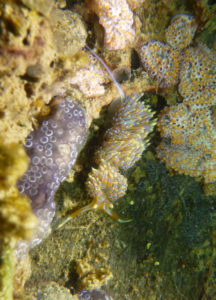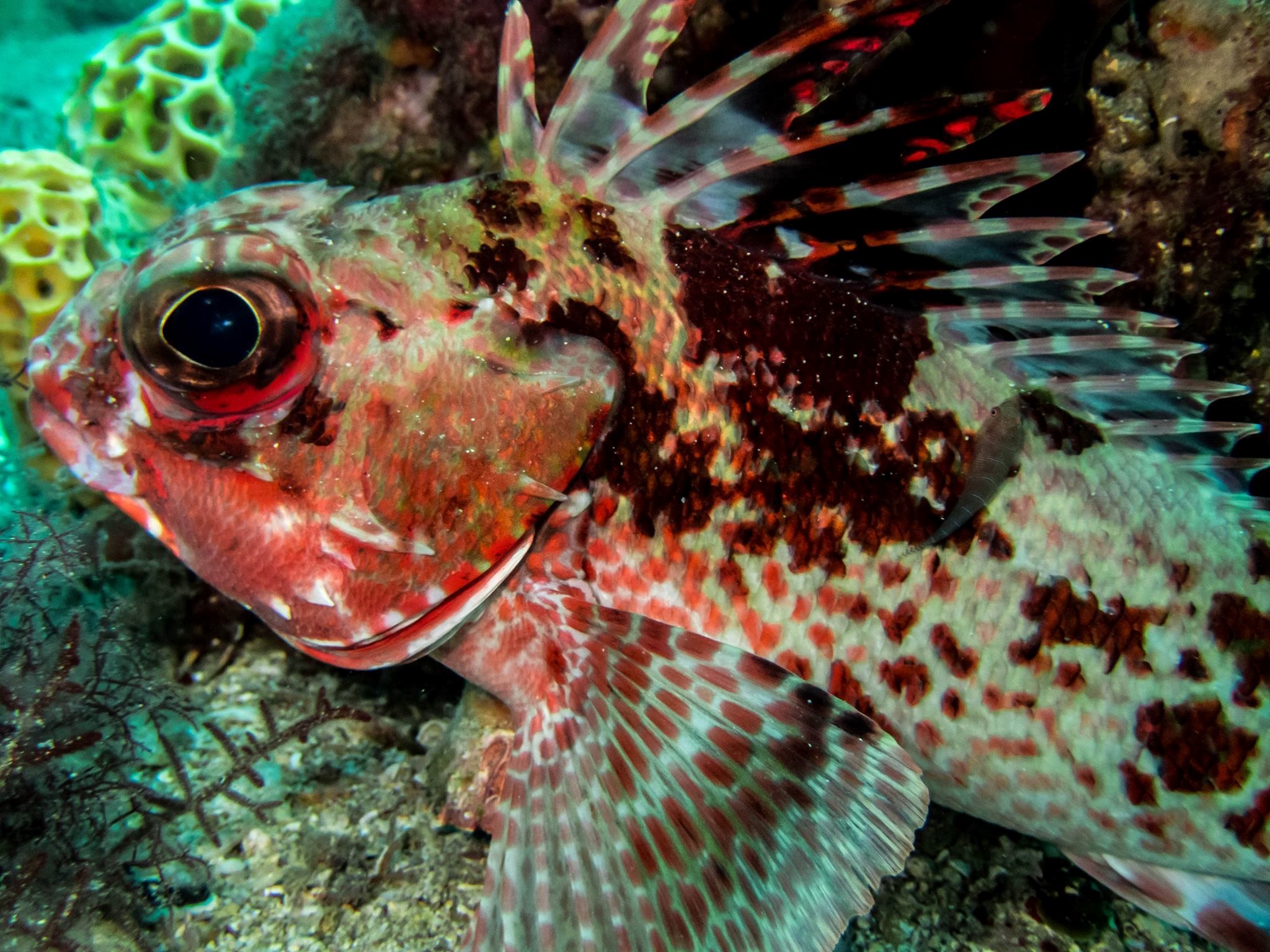Marine Life Society of South Australia members need no reminding of the wonderful diversity of species present in our state and commonwealth waters. But how widely known is this out in the wider community? Up until the late 2000s, I would argue that local familiarity with marine ecology was severely limited. Those practising in specialised niches of scuba diving, marine science, recreational and commercial fishing or aquaculture held the knowledge and any “sharing” happened slowly and largely offline.
It started with underwater digital cameras
The emergence of the first affordable, waterproof underwater point and shoot cameras in the late 2000s sparked a positive change. That spark was immediately fanned by the emergence of Facebook, which has made it increasingly easy and satisfying to share pictures and information online while building social networks that are freed from the constraints of real-time, direct, interpersonal communication. With the two combined (cheap underwater cameras and an online sharing platform) the experts with the knowledge, and even the excited rookie diver could begin to share their work and passion with “outsiders” with speed and convenience.
Citizen Science emerges out of awkward adolescence
The next wave followed with a proliferation of citizen science platforms and mobile apps. Most were awkward, nerdy and no fun at all. Thankfully, that changed with iNaturalist, which offers free, global access to a powerful biodiversity database, has an interface that is intuitive (not overly technical) and a nice lean mobile app for contributing observations (photos) right from your pocket. The Californian Academy of Sciences clearly embraced Silicon Valley smarts, and has come through with the goods.
So now it’s 2018, and the best way to think of iNaturalist is as the “Facebook” of biodiversity citizen science websites. It’s equal parts database and community, and there is enormous power in that combination. Amateur and professional naturalists come together from across the globe to share sightings and collate data with anyone interested. Some sightings attract a rush of activity as people clamor to identify something unusual, while others spark heated debate, eventually defaulting to the need for a geneticist to settle the score. Whether you want to host a bioblitz in your neighbourhood or just get some help from experts identifying the bugs that you find in your garden, iNaturalist can help.
South Australian marine field guides explode into being
Until last week, the Marine Life Society of South Australia had a handful of its members and a single project on iNaturalist. Then, to my delight, I discovered that a new “Collection” class of project could be created- one that made sorting and collecting data by geographical or taxonomic boundaries dead easy. Set the rules and boundaries, and projects populate themselves with data. Meaningful results in minutes! Stop me if I’m starting to sound like an infomercial.

So anyway, I went a little nuts following this revelation and created a whole string of iNat projects dedicated to various taxa and regions of South Australia. I’m listing them below, so you can follow your fancy, or suggest another. Now, let me clarify- these are not Marine Life Society of South Australia projects, though they do include data by MLSSA members. I sincerely hope that past fans of the MLSSA Photo Index will see the merits of these new resources, and can change their habits accordingly. By contributing to and creating iNaturalist “Collection” projects, anyone can create their perfect field guide while supporting others in their quest for knowledge. We are leaving the age of the paper-based field guide behind, and I certainly won’t be shedding any tears.
Before I get to the projects themselves, special mention must be made to the impressive efforts of long-term MLSSA member David Muirhead, who has now posted over 3,000 sighting records to iNaturalist, including scanning photographs he took back in the 1990s. Thus far his contribution to SA marine biota on iNaturalist is unparalleled, and he is a very (dare I say, hyper) active member of the bustling iNat community. Further mention must be made of the contributions of SACReD (South Australian Conservation Research Divers) whose members have searched and expertly recorded and identified hundreds of organisms that the average diver would never notice, let alone stop and record.
So that’s it- iNaturalist finally brings the study of biodiversity into the internet age with bells and whistles and little to confuse. It’s with great pleasure that I have seized this opportunity to help others further their knowledge of South Australian marine life, and I hope that other MLSSA members and website readers will follow the lead of David, our president Steve Reynolds and myself in building upon the exciting resources below.
The mother-of-all field guides
Field guides by taxa
- Algae of South Australia
- Ascidians of South Australia
- Bivalves of South Australia
- Cephalopods of South Australia
- Crustaceans of South Australia
- Dolphins & whales of South Australia
- Echinoderms of South Australia
- Fishes of South Australia
- Jellyfish, anemones & corals of South Australia
- Nudibranchs & Seaslugs of South Australia
- Pinnipeds of South Australia
- Seahorses, sea dragons & pipefish of South Australia
- Sharks, rays & skates of South Australia
Field guides with geographical boundaries
- Aldinga Bay
- The Coorong
- Encounter Bay
- Fleurieu Peninsula’s nearshore waters
- Lady Bay to Wirrina Cove
- Moonta Bay & Port Hughes
- Northern Spencer Gulf
- The Port (Adelaide) River, Barker Inlet and West Lakes
- Rapid Bay


Thanks Dan for your brilliant account of the’ iNat’ website resource!
Dan,
I’ve just reread your iNat article and, fair dinkum, I think you should somehow link it or flag it to iNat’s management, iNat’s pr team or should I say iNat’s peak shakers and movers. It really says all that is good about iNat, and the personal perspectives content keeps the reader glued to the topic (exemplified perfectly by your euphoric initial awareness followed immediately by your prolific contributions using your advanced electronic media skills, embracement of opportunities for new projects, and your other iNat accomplishments).
The article may be 3 years old but I doubt iNat’s top brass would have seen too many like it in sheer readability and excitement thence recruitment terms.